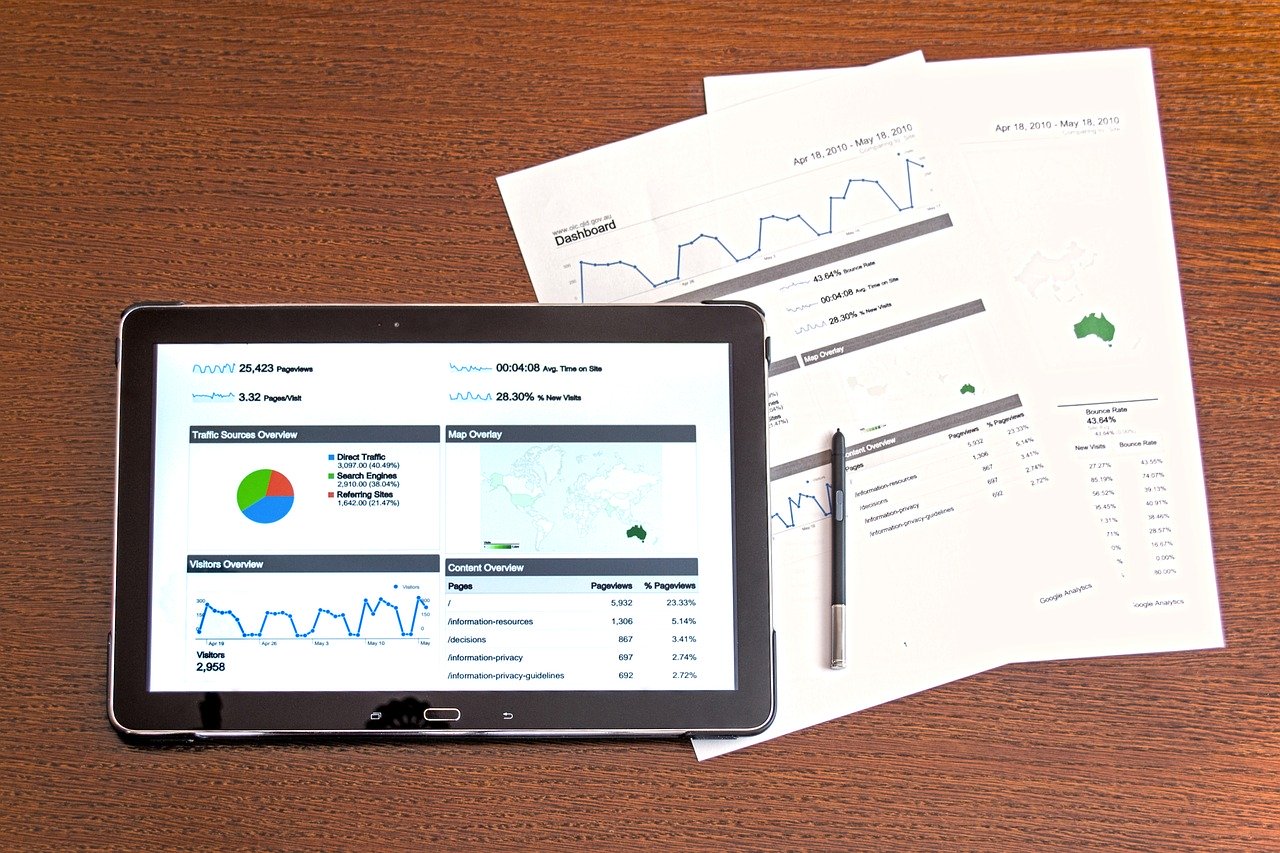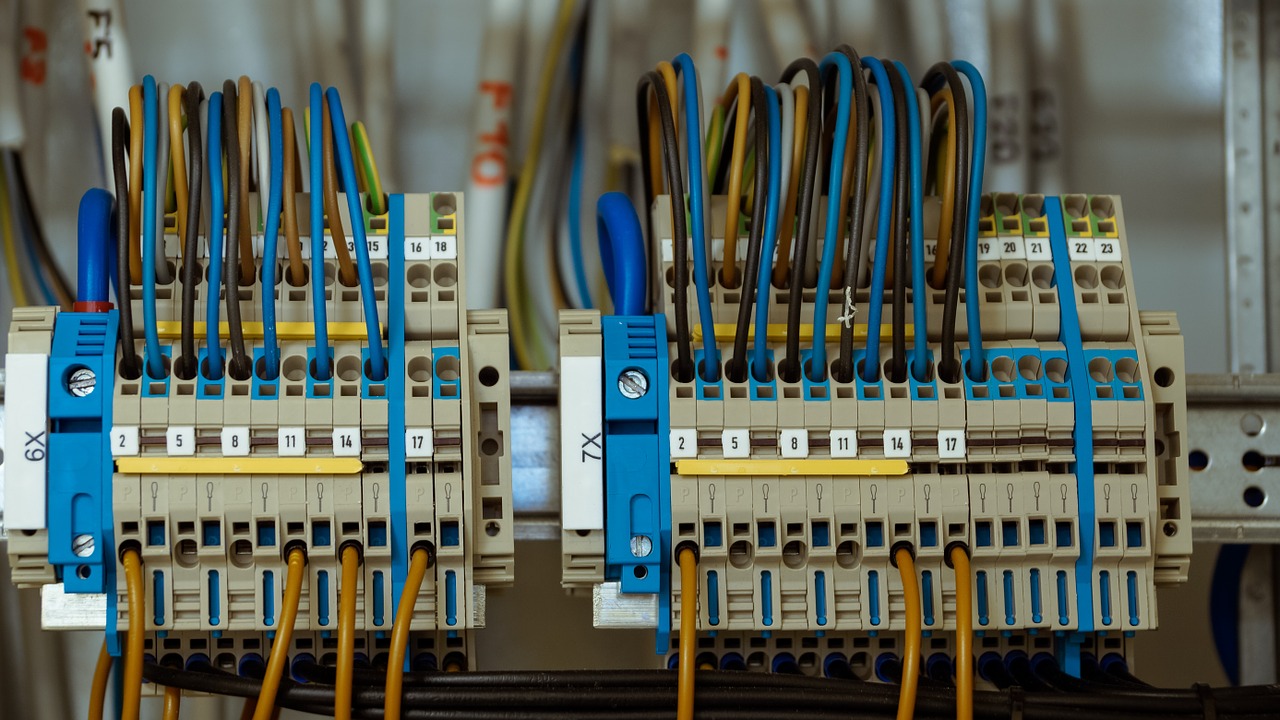Recent statistics show that nearly one out of every three items purchased online will be returned, but they also show that consumers expect those returns to be seamless. Nearly 90 percent of shoppers expect free returns and nearly 80 percent say a poor return experience will make them less likely to shop with that retailer again.
These trends demand that businesses pay close attention to policies and procedures they have in place for reverse logistics. Constructing an efficient reverse logistics framework that facilitates seamless returns has become a crucial component of attracting and keeping customers in the B2B space.
“Effectively managing B2B sales in today’s market goes beyond simply getting products out the door,” explains Ray Rosel, Business Growth and Operations Sales Leader for Senpex Technologies. “Businesses also need to carefully consider how they will facilitate a seamless return because reverse logistics systems must go beyond handling the occasional return. To be impactful, they need to create a strategic loop aimed at recovering value, minimizing waste, and strengthening relationships with your customers.”
Senpex Technologies is a nationwide leader in last-mile logistics that assists businesses with e-commerce and B2B distribution. Its services blend delivery expertise with cutting-edge technology to create groundbreaking supply chain solutions. Senpex serves the reverse logistics needs of a wide variety of businesses by providing an on-demand delivery platform available 24/7 that empowers same-day courier service.
Overcoming the complexities of B2B returns
Reverse logistics poses a considerable challenge in the B2B space primarily because of the complexity associated with B2B purchases. Verification and documentation are common components of B2B purchases, which means reverse logistics must also take steps to ensure returns receive the proper authorization.
B2B orders can also involve a variety of products destined for different departments within an organization. Consequently, processing a return can require backtracking through a complicated ordering protocol, which can introduce delays and cause frustration for the returning company.
“B2B reverse logistics can be a tangled web compared to the types of returns conducted in the B2C space,” says Rosel. “The basic principles are similar, but the scale of orders, the value of goods, and the number of people involved increases, resulting in a process that is more intricate and more demanding.”
Digital platforms introduce a number of solutions that streamline the reverse logistics process since they can address the complexity of B2B returns by providing an automated workflow to guide those initiating returns. By providing easy access to original order details, platforms can streamline the process of identifying those who requested purchases and obtaining authorizations required for returns.
Advanced platforms allow for self-service returns, which significantly reduce the customer service burden associated with reverse logistics. Self-service returns can also benefit the buyer by empowering faster processing as well as 24/7 return service access.
“Digital platforms are changing the landscape for reverse logistics,” says Rosel. “They inject a much-needed dose of efficiency into a process that traditionally was a logistical headache.”
Rosel also highlights the enhanced transparency digital platforms provide — something that consumers across the board report wanting more of when it comes to e-commerce purchases. “Digital platforms give consumers access to real-time tracking of returned items,” he says. “This enhanced communication improves the customer experience, which is critical for building brand loyalty.
Addressing the costs of B2B shipments
Transportation costs are another issue that arises for businesses managing reverse logistics since B2B purchases, more so than B2C, often involve bulk orders that require larger delivery vehicles and incur more delivery expenses. When returns are needed, transportation costs can be doubled. The bulk returns common to B2B reverse logistics are also more difficult to reintegrate into the seller’s inventory than B2C returns because the inspection process takes more effort and restocking requires more coordination.
Digital platforms support reverse logistic shipments by enhancing visibility and automating key components of the process. Tools that scan products into the return system upon pickup allow businesses to confirm items have been accounted for and to track their journey back to their point of origin which helps keep inventory accurate and allows automated notifications to report a successful return.
“Today’s digital tools empower optimized routing of return shipments, both on the road and once they return to warehouses for restocking,” shares Rosel. “The entire process is more efficient, more accurate, and more affordable.”
Providing businesses with valuable insights
Digital systems used to manage reverse logistics also deliver valuable data. By analyzing that data, businesses can pinpoint the phases of their return process that have the highest costs or cause the most frustration. Integrating artificial intelligence into digital systems empowers predictive analytics, which gives businesses the capability to foresee return logistics demands and better prepare for them.
“The demands of reverse logistics is not something businesses can ignore,” Rosel warns. “By embracing digital solutions, businesses can not only reduce return costs but also uncover the insights needed to develop a better strategy for managing reverse logistics both now and in the future.”




